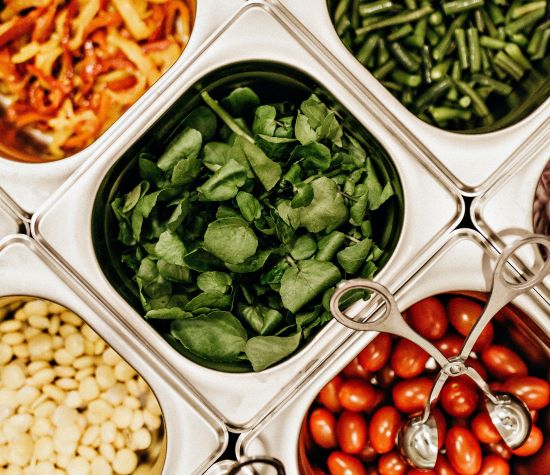School Meals to Limit Added Sugar, Sodium

Nutrition standards for school meals will be gradually updated to include less sugar and greater flexibility with menu planning between Fall 2025 and Fall 2027, according to a final rule issued by USDA, Wednesday. The department arrived at these changes after listening to public feedback and considering the latest science-based recommendations from the Dietary Guidelines for Americans.
K-12 schools serve breakfasts and lunches to nearly 30 million children every school day. For more than half of children, these meals are the main source of nutrition, according to USDA.
“We all share the goal of helping children reach their full potential,” said Agriculture Secretary Tom Vilsack, in a statement. “Like teachers, classrooms, books, and computers, nutritious school meals are an essential part of the school environment, and when we raise the bar for school meals, it empowers our kids to achieve greater success inside and outside of the classroom. Expanding on this major milestone, the Biden-Harris Administration will continue to partner with schools, districts, states, and industry to build on the extraordinary progress made to strengthen school meals.”
Key updates to the nutrition standards to support healthy kids include:
Added Sugars
For the first time, added sugars will be limited in school meals nationwide, with small changes happening by Fall 2025 and full implementation by Fall 2027. USDA heard concerns from parents and teachers about excessive amounts of added sugars in some foods, which factored into this new limit. Research shows that these added sugars are most commonly found in typical school breakfast items. Child care operators will also begin limiting added sugars in cereals and yogurts, rather than total sugars, by Fall 2025.
Milk
Schools can continue to offer flavored and unflavored milk, which provide essential nutrients that children need, such as calcium, vitamin D, and potassium, according to USDA. There will be a new limit on added sugars in flavored milk served at breakfast and lunch by Fall 2025. Thirty-seven school milk processors, representing more than 90 percent of the school milk volume nationwide, have already committed to providing nutritious school milk options that meet this limit on added sugars.
Sodium
Schools will need to slightly reduce sodium content in their meals by Fall 2027. In response to public comments, USDA is only requiring one sodium reduction, and not the three incremental reductions that were proposed last year.
Whole Grains
Current nutrition standards for whole grains will not change. Schools will continue to offer students a variety of nutrient-rich whole grains and have the option to offer some enriched grains to meet students’ cultural and taste preferences.
Supporting Other Food Preferences
While not a new requirement, starting in Fall 2024 it will be easier for schools to serve protein-rich breakfast foods such as yogurt, tofu, eggs, nuts, and seeds, which can help reduce sugary food options, while also supporting vegetarian diets and other food preferences.
Supporting Local Food Purchases
Also starting in Fall 2024, schools have the option to require unprocessed agricultural products to be locally grown, raised, or caught when making purchases for school meal programs, making it easier for schools to buy local foods.
Additionally, starting in Fall 2025, schools will have limits on the percentage of non-domestic grown and produced foods they can purchase, which will enhance the role of American farmers, producers, fishers, and ranchers in providing nutritious foods to schools.
